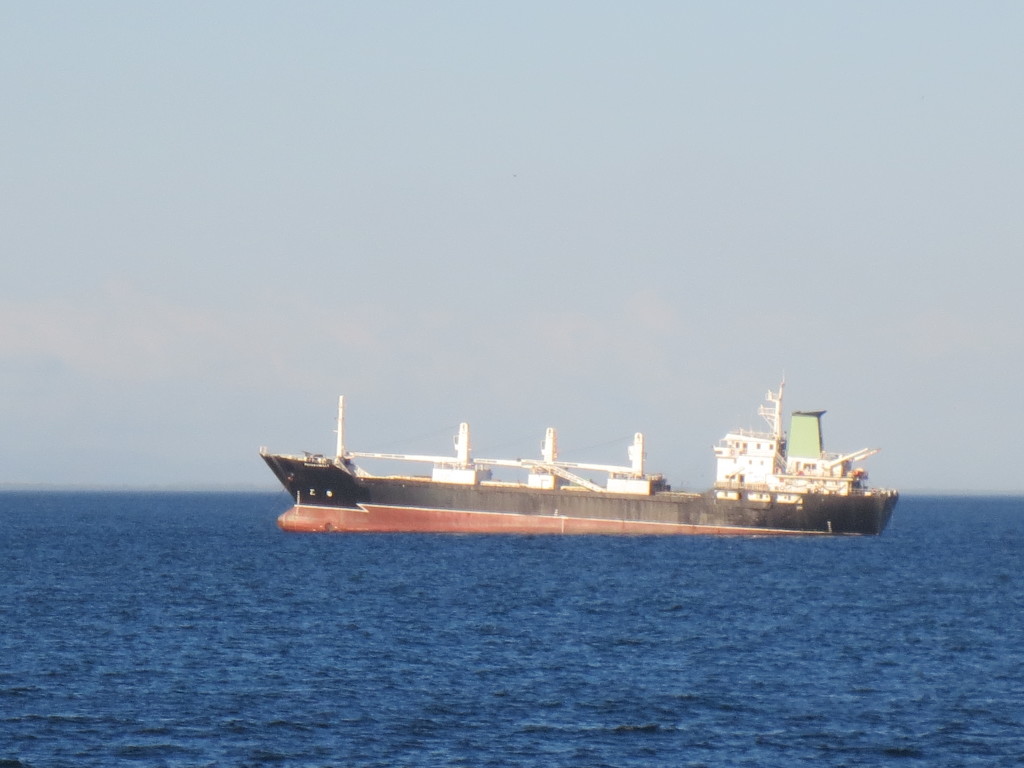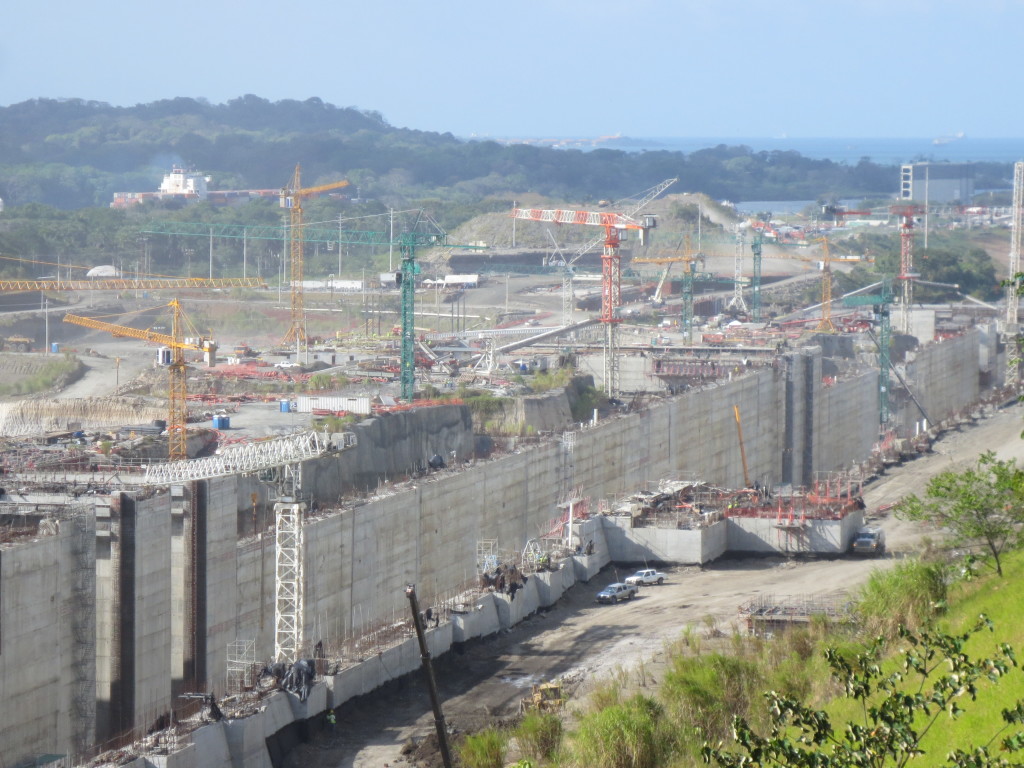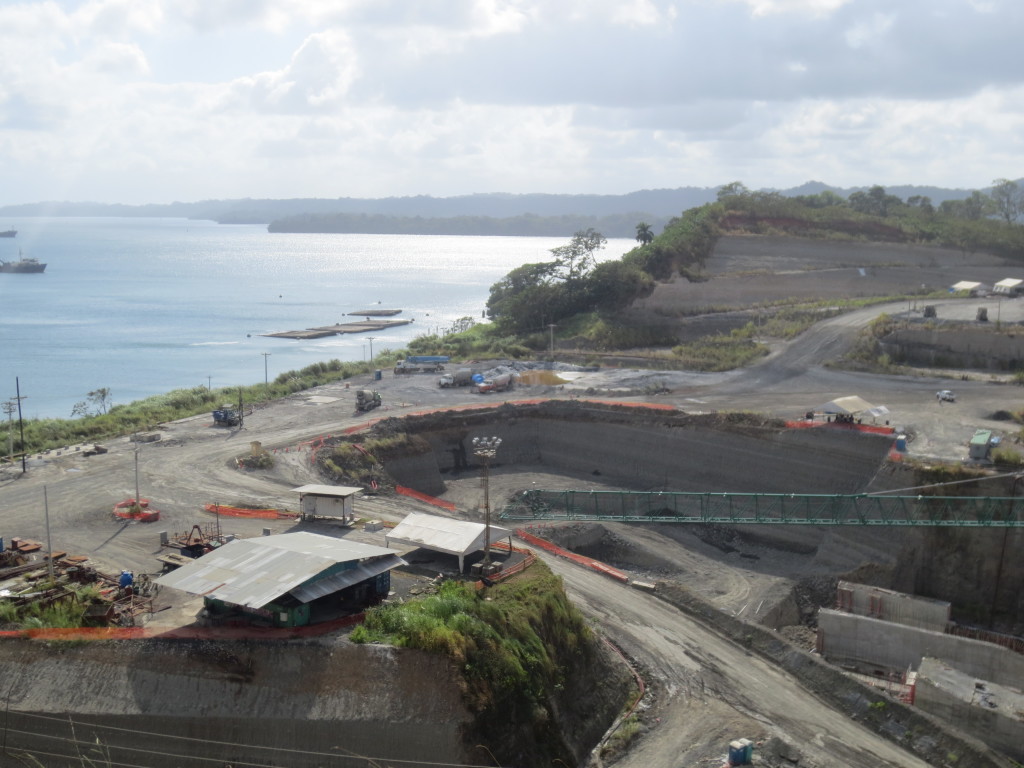Why is the Panama Canal being expanded? Simply put, to keep itself relevant in the face of global trade growth and competition. With the addition of two new locks, one on each end, transiting cargo capacity is expected to double. The new locks will have larger parameters and thus be able to handle post-Panamax ships but ironically not the largest ships in the world. An engineer from the Panama Canal Authority hinted that another expansion may be forthcoming for the newly built Ultra Large Container Vessels (ULCV) which they were not aware of when they started the project.
The Panamanian President also promised that the expansion would turn Panama into a first-world country. In grade school, children are taught that while other nations have natural resources, Panama’s oil is its geography. While in Panama, I have seen multiple world map visuals that depict Panama as the center of the world with concentric circles emanating from the isthmus. With the ports of Balboa and Colon on the Pacific and Atlantic sides, respectively, Panama is well-situated to supply the rest of Latin America in addition to providing access for several global trade routes.
A key driver of canal traffic is US container importation from China. For this trade route, there are currently two options – transiting the canal to East coast ports or shipping to West coast ports (typically Long Beach) followed by rail transshipment, the latter being faster by a few days but more expensive. The maritime community and more are hotly debating whether the expansion will push the line of indifference of Long Beach versus the East coast to the east as larger ships will be able to access the East coast. Optimistic ports are currently investing in infrastructure to handle greater sizes and capacities, but the future will lie in what carriers and shippers choose based on the rates and times.
We visited the canal expansion site at the Pacific terminus. The construction site is parallel to the existing locks, from the Pacific Ocean to Lake Gatun, and includes water reutilization basins to reduce water withdrawal from Lake Gatun. Currently, all pumped water is released from the lock chambers down to the oceans and there is concern regarding water supply during Panama’s dry season.
From the perspective of Lake Gatun’s Pacific end, the canal appears to be within only 20 meters of completion, but currently work is halted in a cost dispute between the Panama Canal Authority and Spanish construction consortium. The canal will likely not be completed until 2015.




